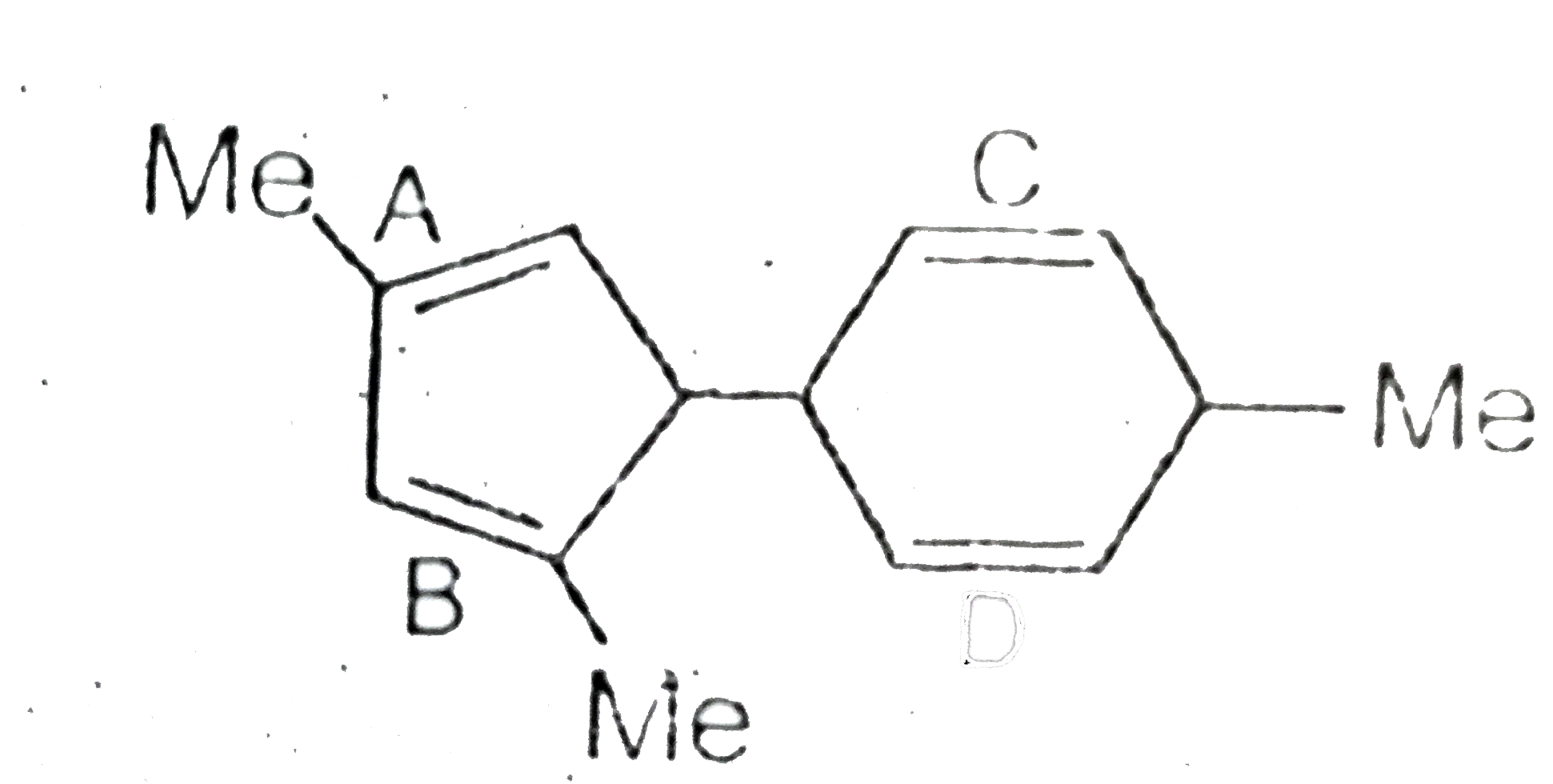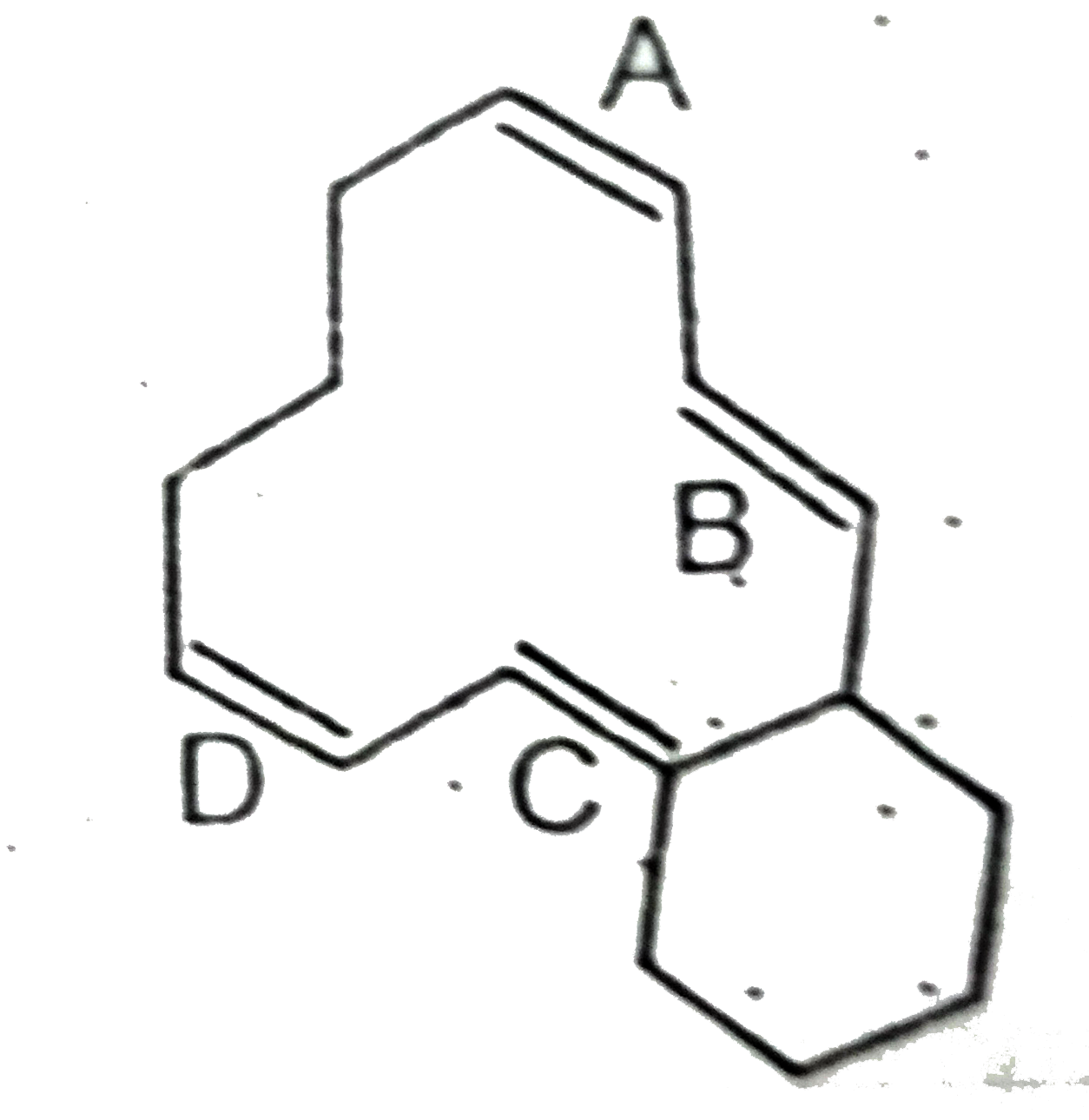How do double bonds in rubber molecules influence their structure and reactivity ?
To understand how double bonds in rubber molecules influence their structure and reactivity, we can break down the explanation into several key points:
1. Understanding Rubber Structure:
- Rubber is primarily made up of a polymer known as cis-polyisoprene, which is derived from the monomer isoprene (2-methyl-1,3-butadiene).
- The structure of isoprene includes a double bond between the second and third carbon atoms.
2. Role of Double Bonds:
- The presence of double bonds in the isoprene units is crucial because they provide stability to the rubber molecule.
- These double bonds prevent the polymer chains from coming too close together, which is essential for the unique properties of rubber.
3. Elasticity of Rubber:
- The inability of the rubber molecules to pack tightly due to the presence of double bonds allows for flexibility and stretchability.
- When rubber is stretched, the double bonds can rotate and allow the chains to move apart, contributing to the elastic nature of the material.
4. Polymerization Process:
- During the polymerization of isoprene, the double bond between the second and third carbon atoms opens up and forms new single bonds with adjacent isoprene units.
- This process creates a long chain of repeating units, maintaining the double bonds at certain locations, which influences the overall structure and behavior of the rubber.
5. Reactivity of Rubber:
- The double bonds also play a role in the reactivity of rubber. They can undergo reactions such as vulcanization, where sulfur is added to create cross-links between polymer chains, enhancing strength and durability.
- The presence of double bonds makes rubber susceptible to reactions that can modify its properties, such as oxidation or reactions with other chemicals.
Conclusion:
The double bonds in rubber molecules significantly influence their structure by preventing tight packing of the chains, which in turn allows for elasticity and flexibility. Additionally, these double bonds impact the reactivity of rubber, enabling various chemical reactions that can enhance its properties.
- Rubber is primarily made up of a polymer known as cis-polyisoprene, which is derived from the monomer isoprene (2-methyl-1,3-butadiene).
- The structure of isoprene includes a double bond between the second and third carbon atoms.
- The presence of double bonds in the isoprene units is crucial because they provide stability to the rubber molecule.
- These double bonds prevent the polymer chains from coming too close together, which is essential for the unique properties of rubber.
- The inability of the rubber molecules to pack tightly due to the presence of double bonds allows for flexibility and stretchability.
- When rubber is stretched, the double bonds can rotate and allow the chains to move apart, contributing to the elastic nature of the material.
- During the polymerization of isoprene, the double bond between the second and third carbon atoms opens up and forms new single bonds with adjacent isoprene units.
- This process creates a long chain of repeating units, maintaining the double bonds at certain locations, which influences the overall structure and behavior of the rubber.
- The double bonds also play a role in the reactivity of rubber. They can undergo reactions such as vulcanization, where sulfur is added to create cross-links between polymer chains, enhancing strength and durability.
- The presence of double bonds makes rubber susceptible to reactions that can modify its properties, such as oxidation or reactions with other chemicals.
The double bonds in rubber molecules significantly influence their structure by preventing tight packing of the chains, which in turn allows for elasticity and flexibility. Additionally, these double bonds impact the reactivity of rubber, enabling various chemical reactions that can enhance its properties.
Topper's Solved these Questions
- POLYMERS BOOK - ICSECHAPTER - POLYMERS EXERCISE - ISC EXAMINATION QUESTIONS
10 Videos
- POLYMERS BOOK - ICSECHAPTER - POLYMERS EXERCISE - EXERCISE (PART-II (DESCRIPTIVE QUESTIONS )) ( SHORT ANSWER QUESTIONS
30 Videos
- P-BLOCK ELEMENTSBOOK - ICSECHAPTER - P-BLOCK ELEMENTSEXERCISE - SOURCE BASED QUESTIONS
10 Videos
- PROLEMS BASED ON CHEMICAL STRUCTURES AND REACTIONS BOOK - ICSECHAPTER - PROLEMS BASED ON CHEMICAL STRUCTURES AND REACTIONS EXERCISE - QUESTIONS
185 Videos
Similar Questions
What is a double bond ?
View SolutionHow does LH influence the gonads ?
View SolutionExplain the bonding in methane molecule using electron dot structure.
View SolutionExplain the bonding in methane molecule using electron dot structure.
View SolutionWhich of the following double bond in the given molecule is most reactive towards a strong protic acid?

View SolutionBonds that do not exist in tertiary structure of proteins
View SolutionWhich double bond in the given molecule is most reactive towards an electrophile?

View SolutionHow many variable segments are present in the basic structure of an antibody molecule?
View SolutionWhich molecule pair do not have identical structure
View SolutionHow many covalent bonds are present in a molecule of ethylene?
View Solution
